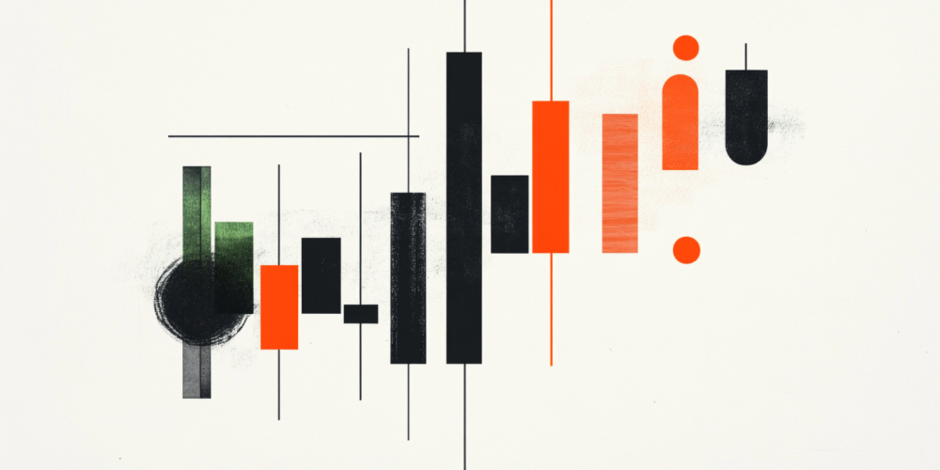AUD/JPY holds gains near 97.50, upside seems limited due to differing policy outlook
- AUD/JPY could face struggles amid differing policy stances between central banks.
- The AUD struggles amid rising odds of the RBA starting to cut interest rates in February.
- BoJ reiterated its intention to continue raising rates if the economic outlook outlined in the January meeting materializes as anticipated.

AUD/JPY edges higher after registering more than 1% losses in the previous session, trading around 97.30 during the Asian hours on Tuesday. The upside of the AUD/JPY cross could be restrained amid increased likelihood of the Reserve Bank of Australia (RBA) starting cutting interest rates as soon as next month.
This dovish sentiment surrounding the RBA’s policy outlook is fueled by weaker core inflation data, which has fallen to its lowest level since Q4 2021, nearing the central bank's target range of 2% to 3%. All eyes are now on Australia's upcoming quarterly inflation report, set for release on Wednesday, as it could offer additional clues about the future direction of interest rates.
The Australian Dollar also failed to gain support from China’s recent stimulus measures to promote its development of index investment products, its latest effort to revive the ailing equity market. The China Securities Regulatory Commission (CSRC) has approved a second round of long-term stock investment pilot programs valued at 52 billion Yuan ($7.25 billion). As close trade partners, China's economic performance significantly impacts the Australian economy.
The AUD/JPY cross could lose value as the Japanese Yen (JPY) strengthens, following increasing expectations that the Bank of Japan (BoJ) will continue raising interest rates. Last week, the BoJ reaffirmed its commitment to further rate hikes and adjustments to its monetary policy stance if the outlook presented at the January meeting unfolds as expected.
The BoJ also announced a JPY 200 billion purchase of commercial paper and confirmed it would provide US Dollar (USD) funding against pooled collateral. Meanwhile, Japan’s Economy Minister, Ryosei Akazawa, commented on Tuesday that he would “closely monitor the impact of the rate hike on the economy.”
Interest rates FAQs
Interest rates are charged by financial institutions on loans to borrowers and are paid as interest to savers and depositors. They are influenced by base lending rates, which are set by central banks in response to changes in the economy. Central banks normally have a mandate to ensure price stability, which in most cases means targeting a core inflation rate of around 2%. If inflation falls below target the central bank may cut base lending rates, with a view to stimulating lending and boosting the economy. If inflation rises substantially above 2% it normally results in the central bank raising base lending rates in an attempt to lower inflation.
Higher interest rates generally help strengthen a country’s currency as they make it a more attractive place for global investors to park their money.
Higher interest rates overall weigh on the price of Gold because they increase the opportunity cost of holding Gold instead of investing in an interest-bearing asset or placing cash in the bank. If interest rates are high that usually pushes up the price of the US Dollar (USD), and since Gold is priced in Dollars, this has the effect of lowering the price of Gold.
The Fed funds rate is the overnight rate at which US banks lend to each other. It is the oft-quoted headline rate set by the Federal Reserve at its FOMC meetings. It is set as a range, for example 4.75%-5.00%, though the upper limit (in that case 5.00%) is the quoted figure. Market expectations for future Fed funds rate are tracked by the CME FedWatch tool, which shapes how many financial markets behave in anticipation of future Federal Reserve monetary policy decisions.
Author

Akhtar Faruqui
FXStreet
Akhtar Faruqui is a Forex Analyst based in New Delhi, India. With a keen eye for market trends and a passion for dissecting complex financial dynamics, he is dedicated to delivering accurate and insightful Forex news and analysis.

















